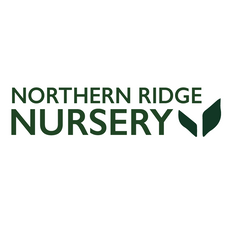European pear trees, also known as Pyrus communis, are popular fruit trees grown in gardens and orchards for their delicious fruit. These trees can provide abundant harvests, but they require proper care to maintain their health and productivity. In this article, we'll cover the essential aspects of caring for a European pear tree.
Planting Your Tree
The first step in caring for your European pear tree is to plant it in the right location. Choose a sunny spot with well-draining soil that is rich in organic matter. Pear trees prefer slightly acidic soil with a pH between 6.0 and 6.5. Plant your tree in the spring, after the last frost has passed, and make sure to water it thoroughly after planting.
Watering
Water your European pear tree regularly, especially during the first few years after planting. Provide enough water to keep the soil evenly moist but not waterlogged. As the tree matures, it will become more drought-tolerant, but it still requires regular watering during hot, dry spells.
Fertilizing
Fertilize your European pear tree in the spring, just as new growth begins. Use a balanced fertilizer with a nitrogen-phosphorus-potassium (N-P-K) ratio of 10-10-10 or 12-12-12. Apply the fertilizer according to the manufacturer's instructions, and water the tree thoroughly after fertilizing.
Pruning
Prune your European pear tree in late winter or early spring, while it is still dormant. Remove any dead, diseased, or damaged branches, and thin out any crossing or overcrowded branches. Prune back the previous year's growth by about one-third to promote new growth and fruit production.
Pest and Disease Control
European pear trees are susceptible to several pests and diseases, including fire blight, pear psylla, and pear rust. To prevent these problems, keep your tree healthy by providing adequate water and fertilizer, and keep the area around the tree free of debris. If you notice any signs of pests or diseases, consult a gardening expert for advice on treatment options.
Harvesting
European pear trees typically produce fruit in late summer or early fall, depending on the variety. Wait until the fruit is fully ripe before harvesting, as unripe pears will not ripen properly off the tree. To pick the fruit, gently twist it and pull it from the tree, taking care not to damage the branch or other fruit.
In conclusion, caring for a European pear tree requires attention to several factors, including planting, watering, fertilizing, pruning, and pest and disease control. With proper care, your tree will provide many years of delicious fruit and enhance the beauty of your garden or orchard.










